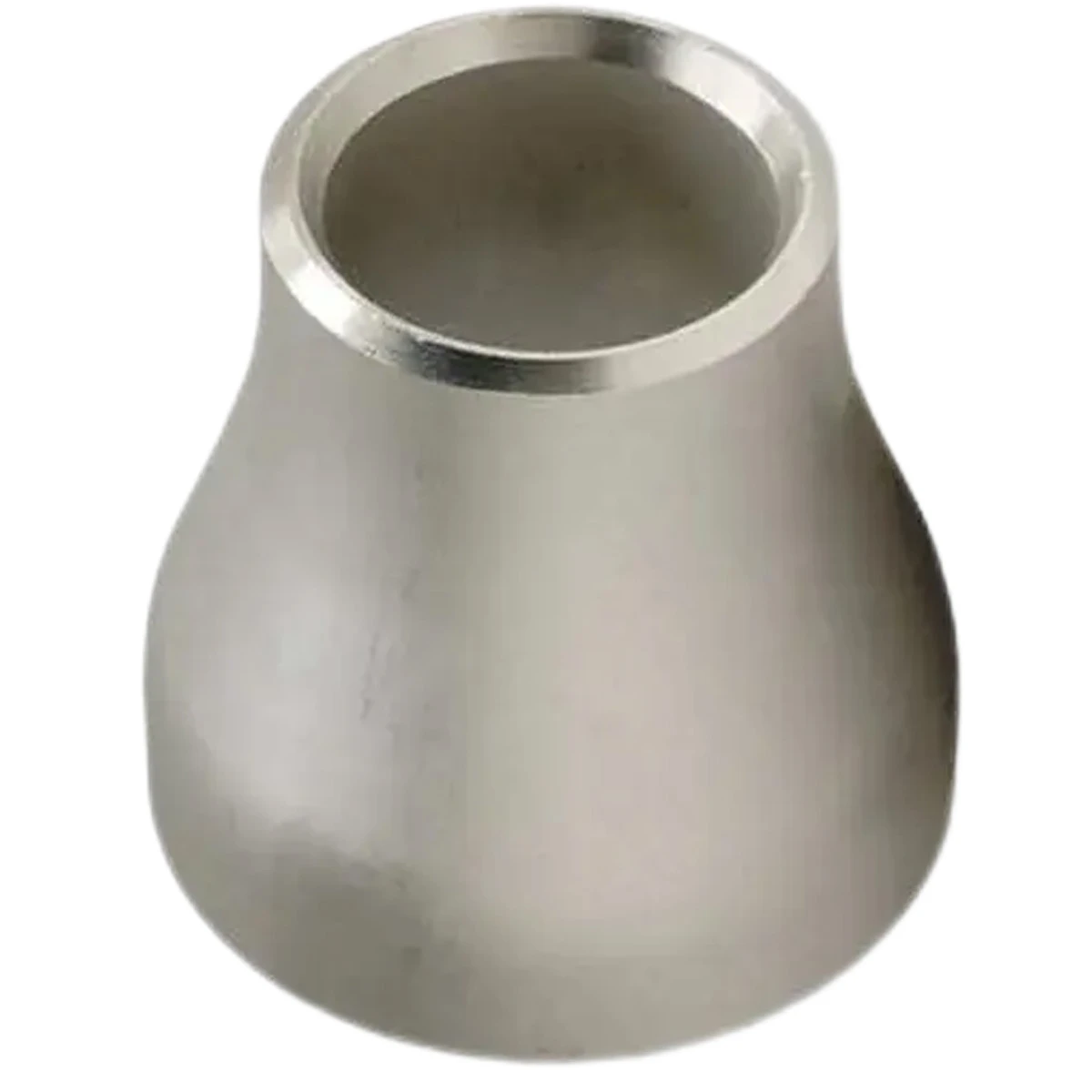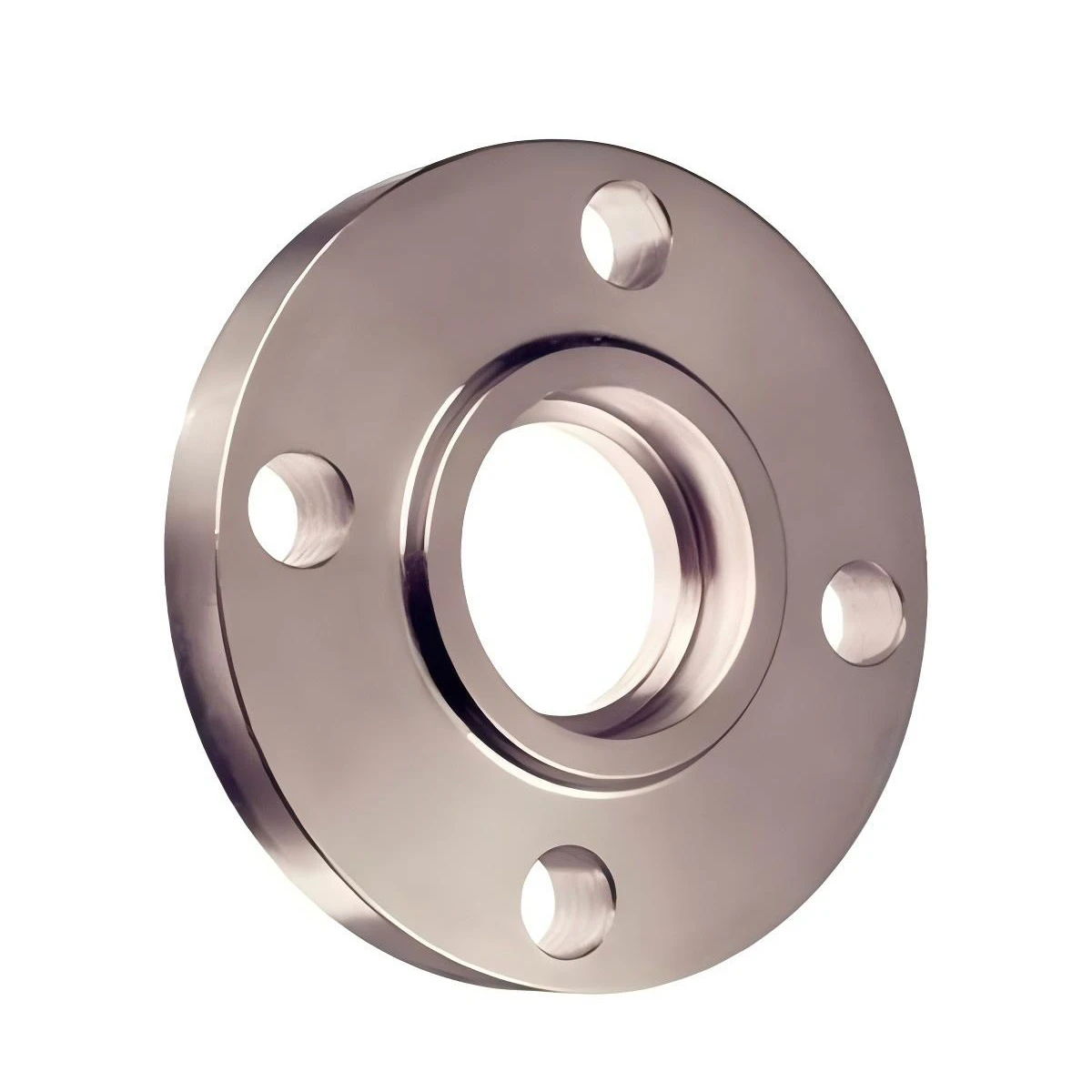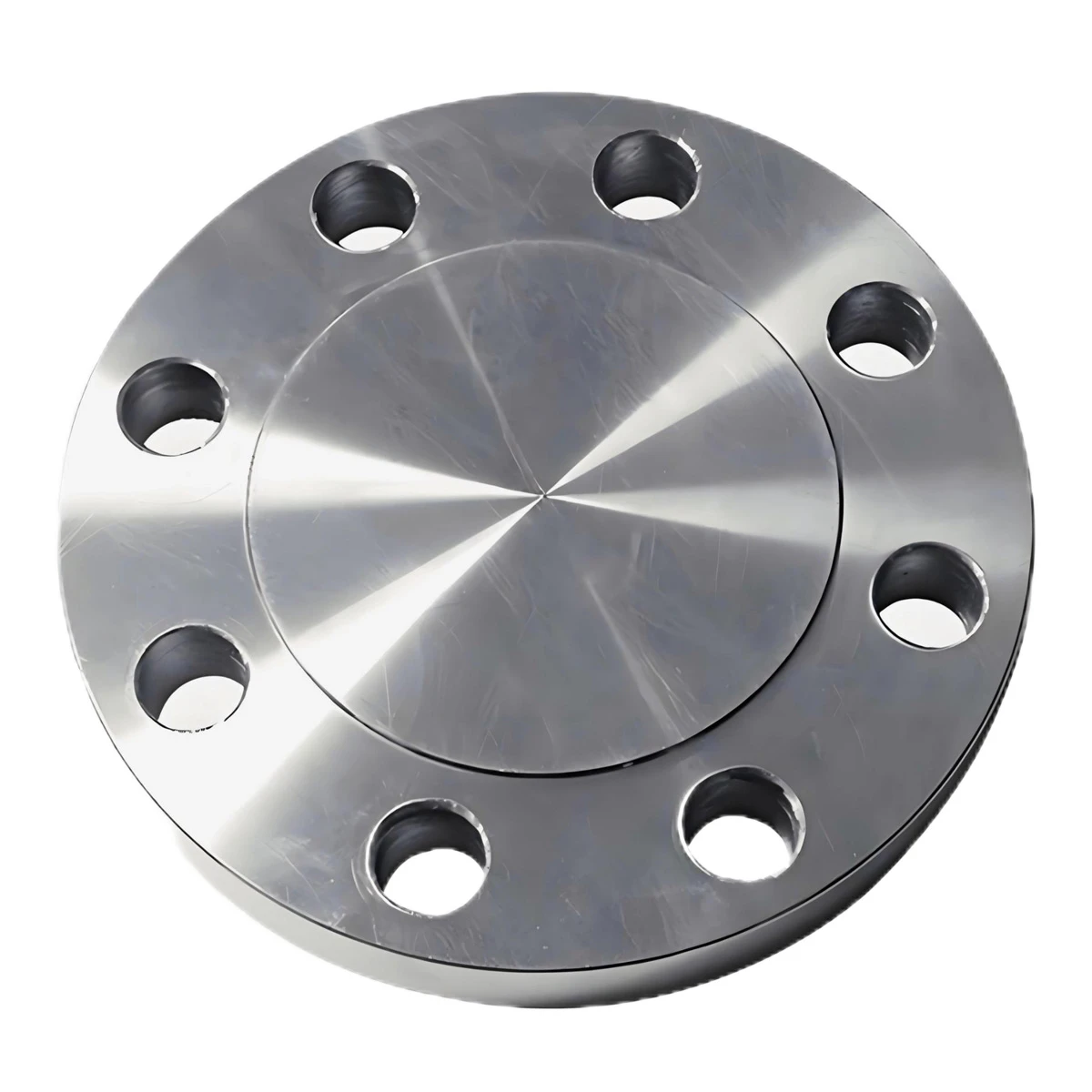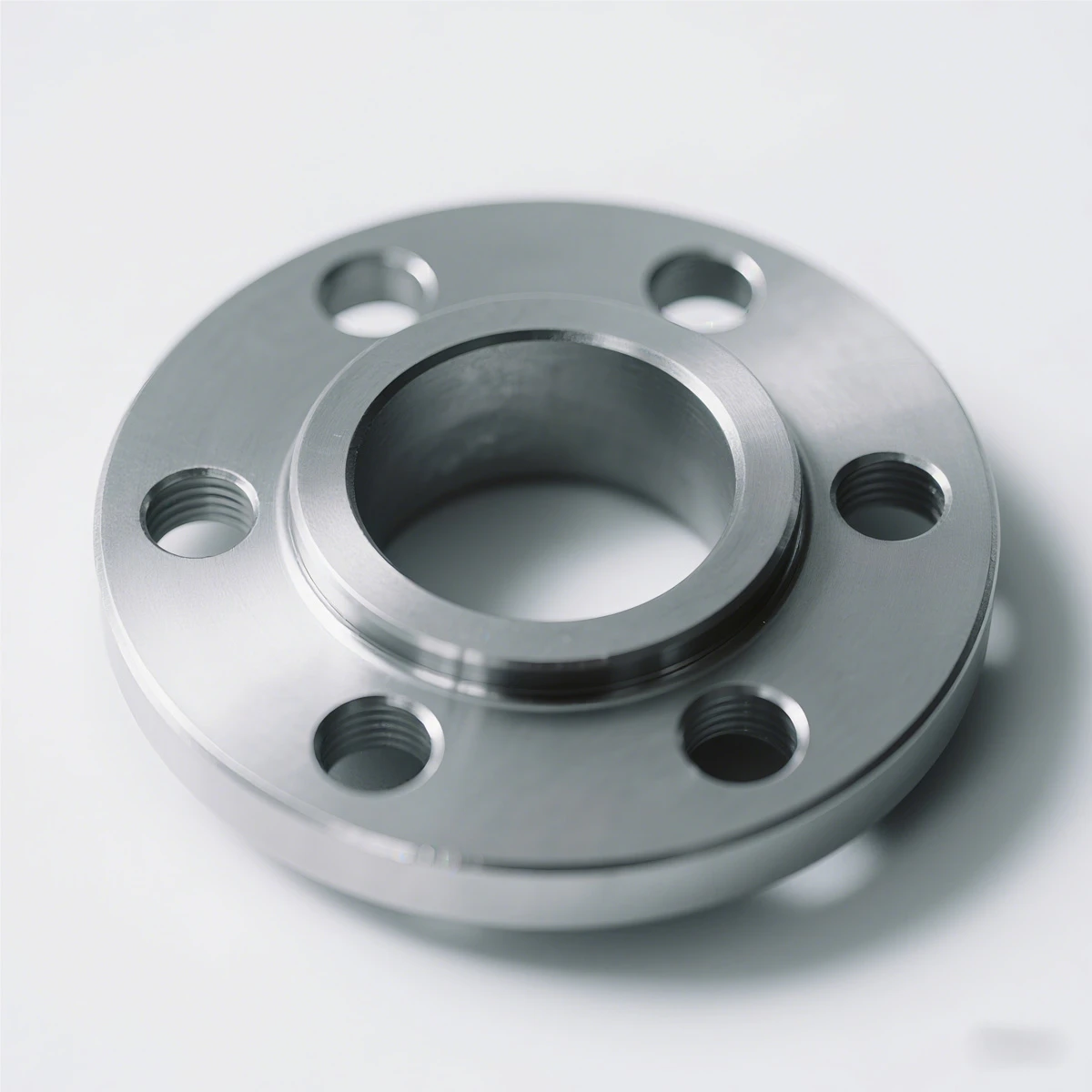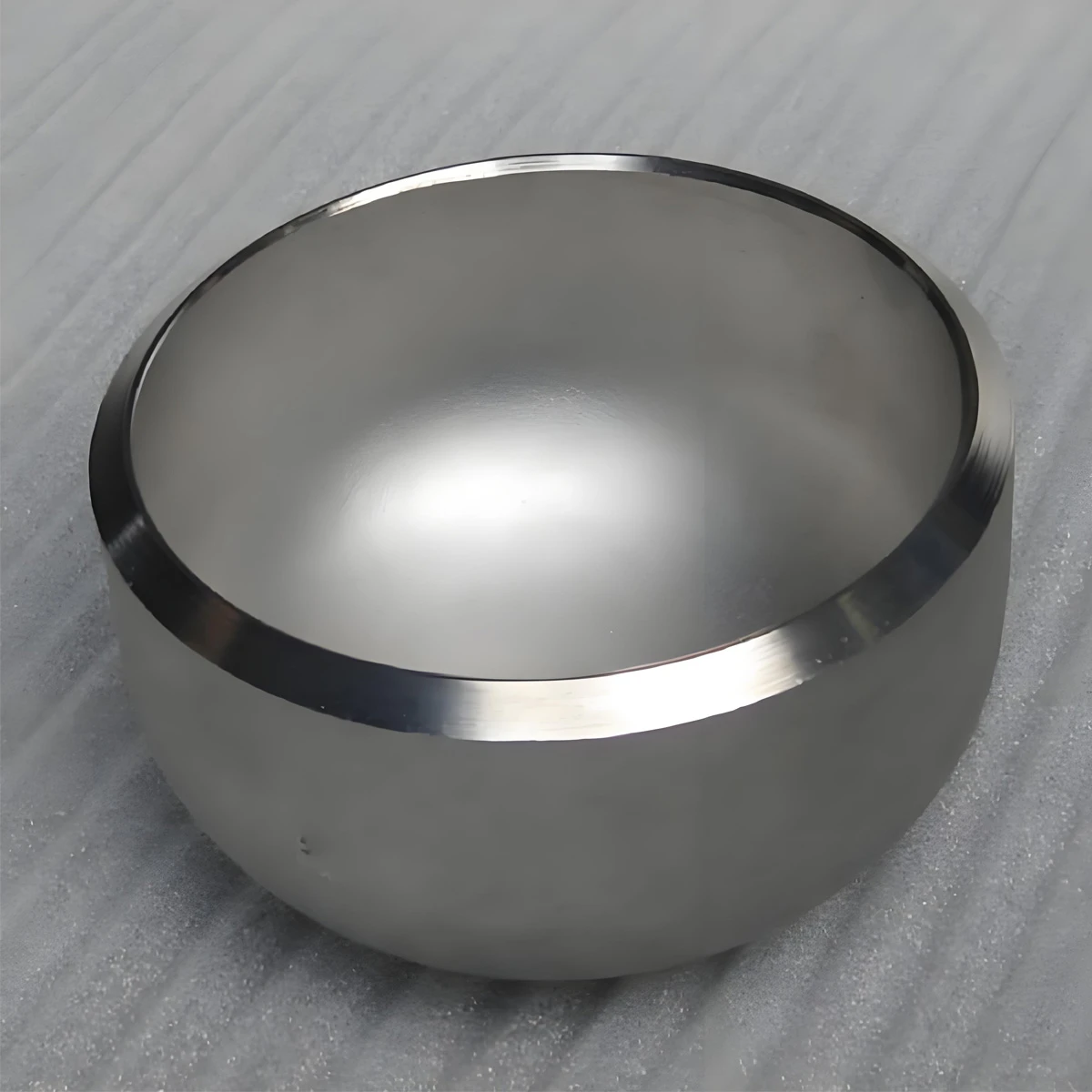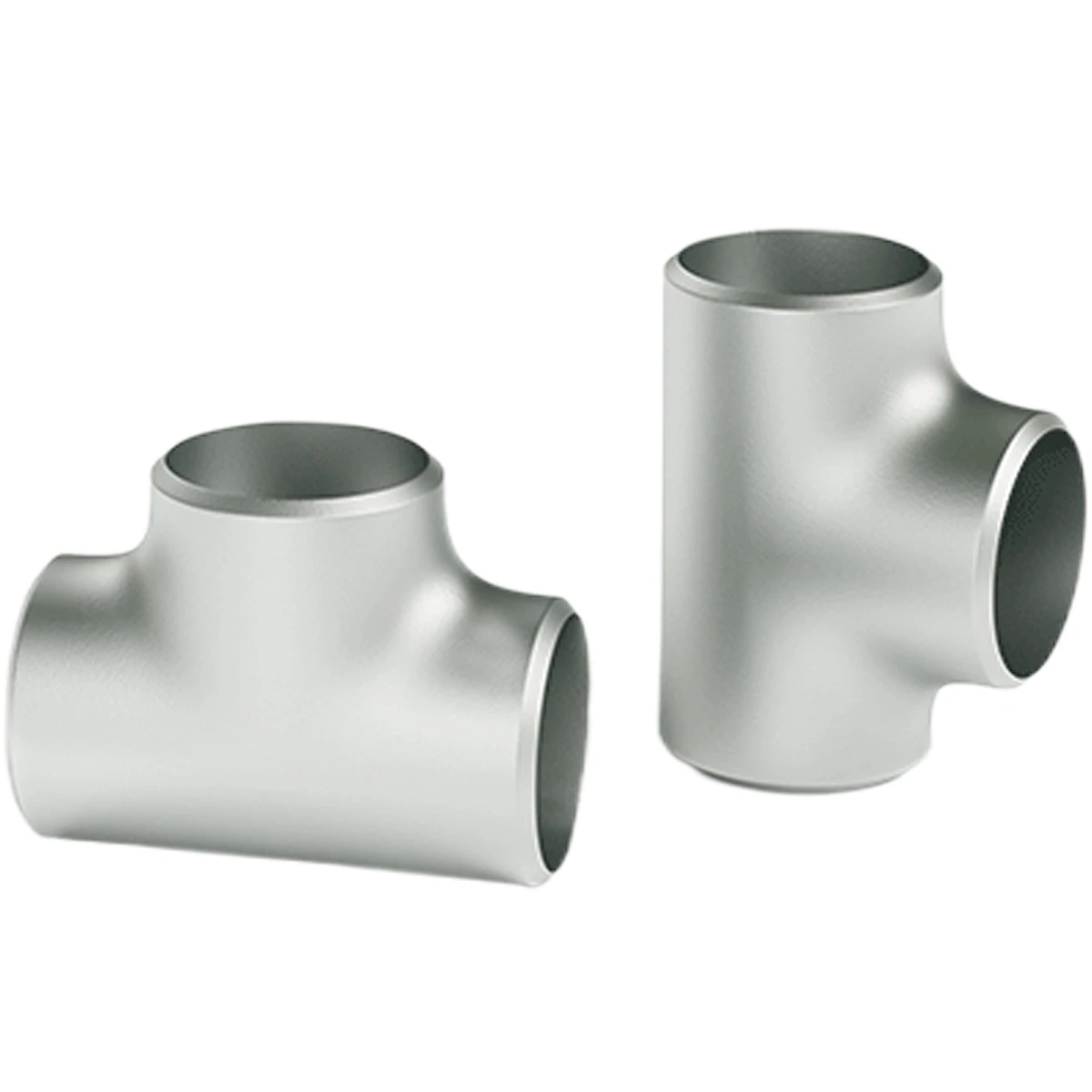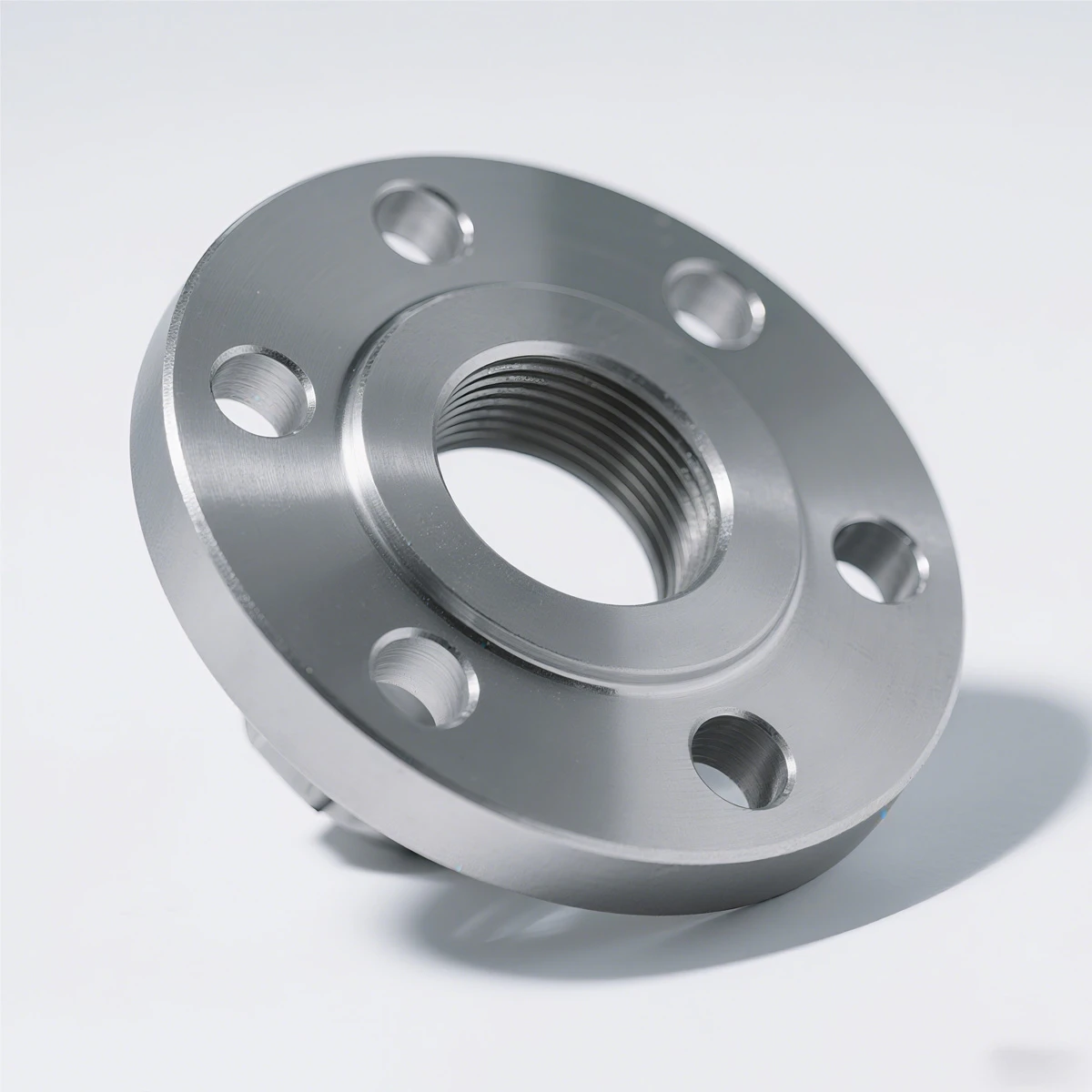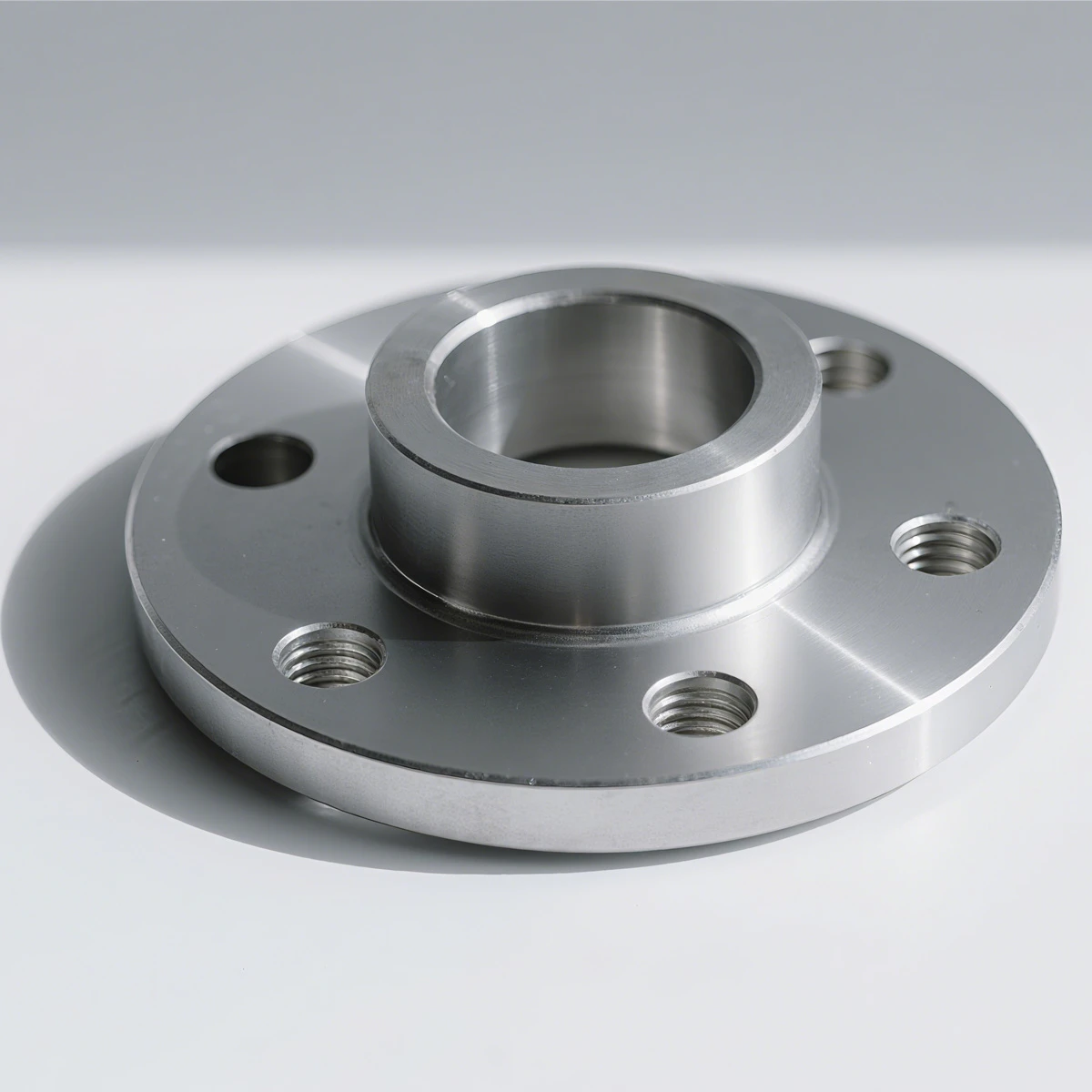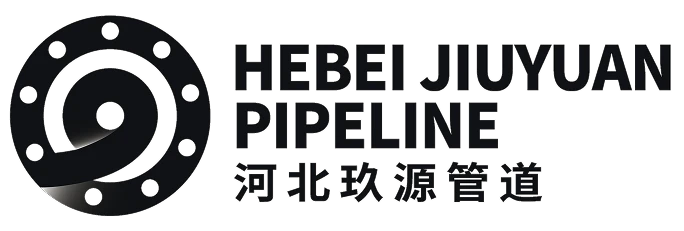
- Albanian
- Arabic
- Armenian
- Azerbaijani
- Belarusian
- Bengali
- Bulgarian
- Croatian
- Czech
- Danish
- Dutch
- English
- Esperanto
- Finnish
- French
- German
- Greek
- Hebrew
- Hungarian
- Indonesian
- irish
- Italian
- Japanese
- Khmer
- Korean
- Kyrgyz
- Lao
- Latin
- Lithuanian
- Malay
- Myanmar
- Norwegian
- Persian
- Polish
- Portuguese
- Romanian
- Russian
- Serbian
- Slovak
- Slovenian
- Spanish
- Swedish
- Tagalog
- Thai
- Turkish
- Turkmen
- Uzbek
- Vietnamese
- Zulu
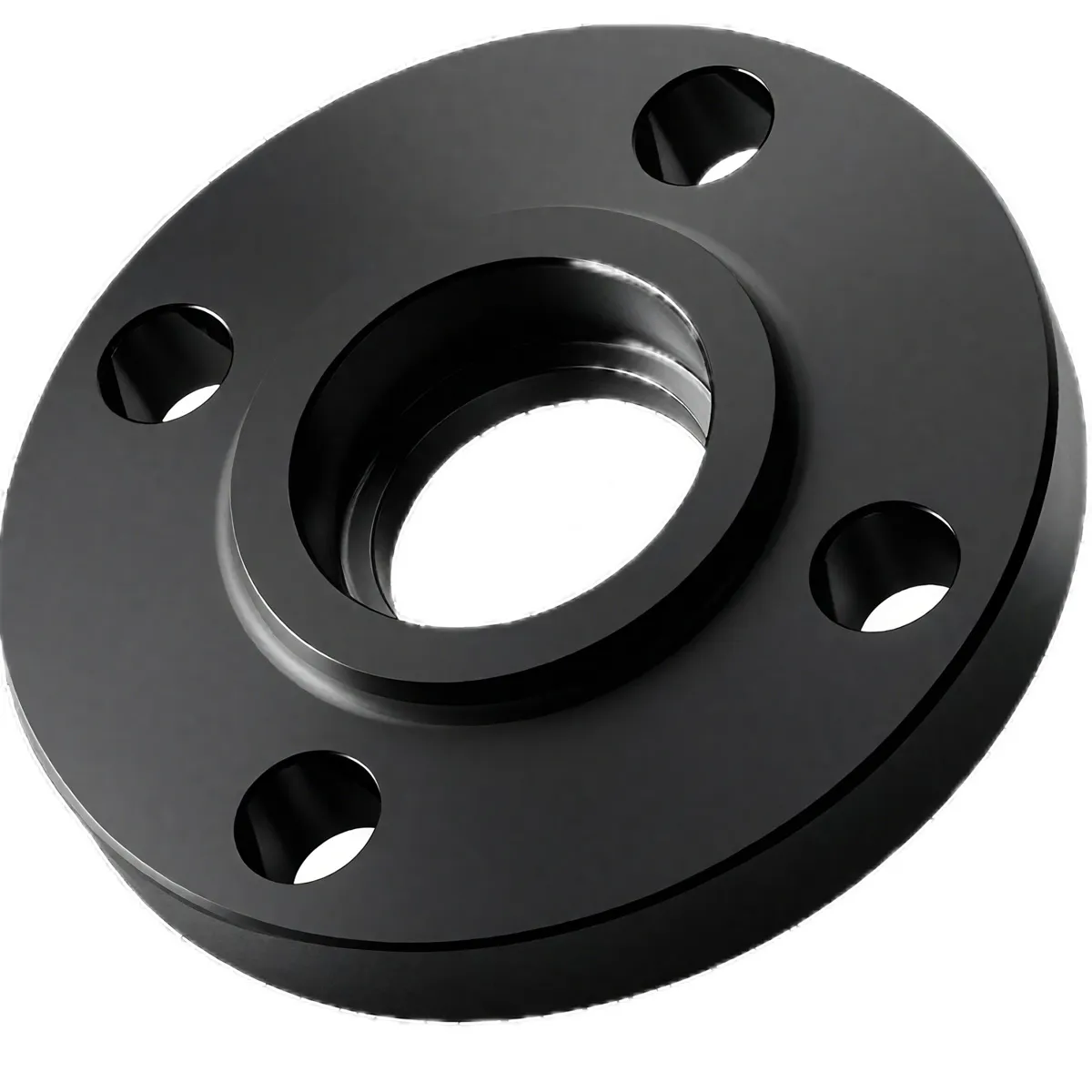
In the intricate world of industrial piping, the integrity and reliability of connections are paramount. Among the diverse array of pipe flanges, the socket weld flange stands out as a critical component, engineered for applications demanding robust, leak-proof, and high-strength joints. This comprehensive guide delves into the essential aspects of socket weld flange technology, covering its technical specifications, manufacturing processes, application versatility, and the factors that make it a preferred choice in various demanding environments. We aim to provide an in-depth understanding for engineers, procurement specialists, and industry professionals, emphasizing its significance in achieving optimal system performance and safety.
Industry Trends and Market Dynamics for Flanging Solutions
The global industrial flange market is experiencing steady growth, driven by expansion in key sectors such as oil and gas, petrochemicals, power generation, and water treatment. According to a report by Grand View Research, the global industrial flange market size was valued at USD 5.7 billion in 2022 and is expected to grow at a compound annual growth rate (CAGR) of 4.5% from 2023 to 2030. This growth is largely fueled by increasing investments in infrastructure projects, the modernization of existing facilities, and the rising demand for energy. Within this dynamic landscape, the socket weld flange continues to hold a significant market share, particularly for smaller bore piping systems where leak prevention and high mechanical strength are non-negotiable. Its compact design and excellent fatigue resistance make it suitable for fluctuating pressures and temperatures, aligning with the industry's need for durable and reliable components. The trend towards higher-pressure and higher-temperature applications, especially in unconventional oil and gas exploration and chemical processing, further solidifies the demand for specialized flanges like the socket flange. Furthermore, the increasing focus on environmental protection and safety regulations mandates the use of highly secure and leak-free connections, bolstering the preference for welded connections over threaded ones in critical applications.
Technical Parameters and Design Excellence of Socket Weld Flanges
The design of a socket weld flange is specifically tailored to provide a high-integrity connection for pipe sizes generally ranging from NPS 1/2 (DN15) to NPS 4 (DN100). The pipe is inserted into a recessed area (the socket) of the flange before being fillet welded around the outer edge. This design creates a smooth bore internally, which minimizes turbulence and pressure drop in the fluid flow. Key technical parameters define the performance and applicability of these flanges:
Nominal Pipe Size (NPS) and Pressure Class: Socket weld flange are manufactured to various pressure classes as defined by ASME B16.5, including Class 150, 300, 600, 900, 1500, and 2500. Each class dictates the maximum allowable pressure at specific temperatures. For instance, a Class 600 socket flange can withstand significantly higher pressures than a Class 150 flange.
Flange Facing: The most common facing for socket weld flange is the Raised Face (RF), which provides a small raised area for gasket seating, enhancing the sealing capability. Flat Face (FF) flanges are also available for specific applications, particularly when connecting to cast iron valves or equipment that cannot withstand the bending stresses caused by an RF flange.
Material Grades: The selection of material is crucial for the flange's performance in corrosive or extreme temperature environments. Common materials include:
- Carbon Steel: ASTM A105 (Forged Carbon Steel), A350 LF2 (Low-Temperature Carbon Steel for cryogenic service). These are widely used for general industrial applications due to their cost-effectiveness and good mechanical properties.
- Stainless Steel: ASTM A182 F304/304L, F316/316L. These offer superior corrosion resistance and are ideal for chemical processing, food and beverage, and pharmaceutical industries.
- Alloy Steel: ASTM A182 F5, F9, F11, F22. These are designed for high-temperature and high-pressure applications, offering enhanced strength and creep resistance.
Socket Weld Flange Parameter Table (ASME B16.5)
Below is a simplified table illustrating typical dimensions and pressure ratings for common socket weld flange sizes and classes. Note: Actual dimensions can vary slightly based on specific manufacturer and standard revisions.
| NPS (Nominal Pipe Size) | Pressure Class | Outside Diameter (OD) - mm | Bolt Circle Diameter (BCD) - mm | Number of Bolts | Bolt Size (Diameter) - mm | Approx. Weight (kg) - Carbon Steel |
|---|---|---|---|---|---|---|
| 1/2" (DN15) | 150 | 88.9 | 60.3 | 4 | 12.7 | 0.5 |
| 1/2" (DN15) | 600 | 95.3 | 66.7 | 4 | 15.9 | 0.8 |
| 1" (DN25) | 150 | 108.0 | 79.4 | 4 | 12.7 | 0.8 |
| 1" (DN25) | 600 | 114.3 | 88.9 | 4 | 19.0 | 1.5 |
| 2" (DN50) | 150 | 152.4 | 120.7 | 4 | 19.0 | 2.0 |
| 2" (DN50) | 600 | 165.1 | 133.4 | 8 | 19.0 | 4.5 |
| 4" (DN100) | 150 | 228.6 | 190.5 | 8 | 19.0 | 5.5 |
| 4" (DN100) | 600 | 254.0 | 215.9 | 8 | 22.2 | 12.0 |
These parameters are crucial for ensuring compatibility with existing piping systems and meeting the specific operational requirements of a project. Adherence to these standards guarantees interchangeability and reliable performance across different manufacturers globally.

The Meticulous Manufacturing Process of Socket Weld Flanges
The production of a high-quality socket weld flange involves a series of precise and controlled manufacturing steps, ensuring its structural integrity, dimensional accuracy, and material strength. The primary manufacturing method for these flanges is forging, followed by meticulous machining and rigorous quality control.
Process Flow for Socket Weld Flange Production
-
Material Sourcing and Preparation:
The process begins with selecting high-grade raw materials (e.g., carbon steel, stainless steel billets) from approved suppliers. These materials must meet specific chemical composition and mechanical property requirements (e.g., ASTM A105, A182 F316L). Incoming material undergoes Positive Material Identification (PMI) and visual inspection to confirm compliance.
-
Forging (Hot Forging):
The selected billets are heated in a furnace to a specific temperature, typically above their recrystallization point (e.g., 900-1200°C for carbon steel). Once at the desired temperature, they are transferred to powerful forging presses. Here, the heated metal is shaped into the approximate form of the socket flange using dies. This process rearranges the grain structure of the metal, eliminating internal voids and improving its mechanical properties such as tensile strength, yield strength, and impact resistance. This is a critical step for enhancing the durability and fatigue life of the socket weld flange.
(Imagine a diagram here with arrows: Raw Material -> Heating Furnace -> Forging Press -> Roughly Formed Flange Blank)
-
Heat Treatment:
After forging, the flange blanks undergo various heat treatment processes, such as normalizing, annealing, or quenching and tempering, depending on the material and desired properties.
- Normalizing: Heats the steel to a uniform temperature and cools it in air. This refines the grain structure, reduces internal stresses, and improves toughness and ductility.
- Annealing: Involves heating to a high temperature and slow cooling. This softens the material, making it easier to machine, and enhances ductility.
- Quenching and Tempering: For alloy steels, this process involves rapid cooling (quenching) followed by reheating to a lower temperature (tempering). This dramatically increases hardness and strength while maintaining adequate toughness.
-
Machining (CNC Processing):
Once heat-treated, the forged blanks are transferred to advanced Computer Numerical Control (CNC) machining centers. CNC lathes and milling machines precisely cut, drill, and shape the flange to its final dimensions, including:
- Facing the flange surface (Raised Face or Flat Face).
- Boring the central hole to the specified pipe size.
- Machining the socket bore to exact depth and diameter, ensuring a snug fit for the pipe.
- Drilling bolt holes on the bolt circle diameter (BCD) with high precision to ensure alignment with mating flanges.
- Cutting the necessary chamfers and radii.
-
Surface Treatment and Finishing:
After machining, flanges may undergo surface treatments such as shot blasting to remove scale and improve surface finish. Protective coatings (e.g., anti-rust oil, paint, galvanization) are applied to prevent corrosion during storage and transit, depending on customer specifications.
-
Inspection and Quality Control:
Every socket flange undergoes rigorous multi-stage inspection:
- Dimensional Inspection: Using calipers, micrometers, and gauges to verify all critical dimensions against specifications (OD, ID, thickness, bolt hole spacing, socket depth).
- Visual Inspection: Checking for surface defects, cracks, burrs, or irregularities.
- Non-Destructive Testing (NDT): For critical applications, this may include Ultrasonic Testing (UT) to detect internal flaws, Magnetic Particle Testing (MPT) for surface and near-surface cracks, and Liquid Penetrant Testing (LPT) for surface discontinuities.
- Positive Material Identification (PMI): Verifies the chemical composition of the finished product to ensure it matches the material certificate.
- Hardness Testing: Measures the material's resistance to indentation, ensuring it meets required mechanical properties.
- Marking: Each flange is permanently marked with its size, pressure class, material grade, manufacturer's name/logo, and heat number for traceability.

Applicable Industries and Enhanced Performance Advantages
The robust design and superior sealing capabilities of the socket weld flange make it indispensable across a wide spectrum of industries. Its unique attributes, particularly for small bore piping, offer significant advantages in critical applications where safety, leak prevention, and operational efficiency are paramount.
Key Application Scenarios:
- Petrochemical and Chemical Processing: In environments handling corrosive chemicals, high-pressure gases, and fluctuating temperatures, the socket flange provides a leak-proof connection crucial for preventing hazardous leaks and ensuring process safety. It's often used in utility lines, sampling points, and instrument connections.
- Oil & Gas Industry: From offshore platforms to onshore refineries, socket weld flange welding is prevalent in high-pressure oil and gas pipelines, hydraulic systems, and instrument tubing. Its resistance to vibration and thermal cycling is highly valued in these demanding conditions.
- Power Generation (Thermal and Nuclear): In steam lines, boiler feed lines, and auxiliary systems, the socket weld flange ensures secure connections capable of withstanding high temperatures and pressures, contributing to the overall efficiency and safety of power plants.
- Shipbuilding: Used in marine piping systems for fuel, water, and various fluid transfer lines, where compact size and high integrity are critical due to space constraints and harsh operating conditions at sea.
- Water Treatment and Wastewater Management: While larger flanges are common, socket weld flange are used in smaller diameter lines for chemical dosing, instrumentation, and control systems where precise, leak-free connections are needed to prevent contamination or loss of treatment agents.
- Pulp and Paper Industry: Employed in process lines handling various slurries and chemicals, offering durable connections that can withstand corrosive media.
Technical Advantages of Socket Weld Flange:
Compared to other flange types, the socket weld flange offers distinct technical benefits:
- Superior Leak Integrity: The combination of the pipe being inserted into the socket and then fillet welded provides an extremely strong and leak-resistant joint. This significantly reduces the risk of fugitive emissions, crucial for environmental compliance and safety, especially with hazardous fluids.
- High Mechanical Strength: The welded connection offers excellent structural integrity, making the socket flange suitable for high-pressure and high-temperature applications. It provides good fatigue resistance against vibration and thermal cycling stresses, which can be common in process industries.
- Minimal Flow Restriction: Because the pipe fits into the socket, the internal bore can be made smooth, minimizing turbulence and pressure drop. This contributes to energy efficiency (e.g., reduced pump energy consumption) by ensuring unimpeded fluid flow.
- Ease of Alignment: The socket design facilitates easier alignment of the pipe before welding, as the pipe is self-aligned within the flange's socket, simplifying installation compared to butt-weld connections that require precise pipe end preparation.
- Compact Design: The socket weld flange is more compact than a weld neck flange, requiring less space for installation, which can be advantageous in tight piping layouts.
- Cost-Effectiveness for Smaller Diameters: For pipe sizes typically NPS 4 (DN100) and smaller, socket weld flange can be more economical to purchase and install than weld neck flanges, as they do not require a full penetration weld or extensive weld preparation.
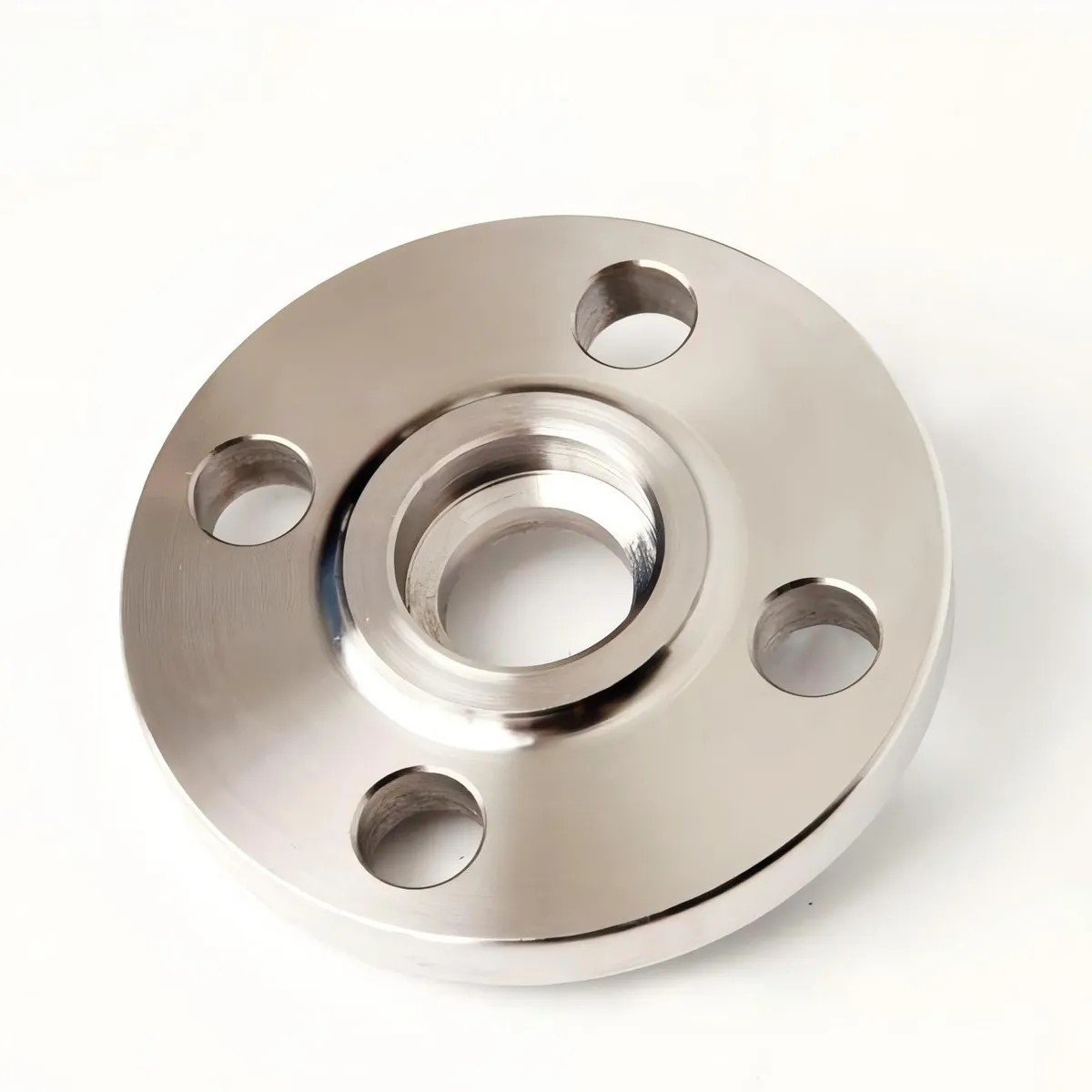
The focus on socket flange welding highlights its critical role where the balance of strength, compact design, and excellent anti-corrosion properties (when made from appropriate materials) are essential. This robust connection type ensures long-term operational reliability and significantly reduces maintenance needs in various demanding industrial settings.
Choosing the Right Partner: Manufacturer Comparison and Selection
Selecting the right manufacturer for socket weld flange is as crucial as understanding the product itself. The market is saturated with suppliers, but not all adhere to the same stringent quality controls, delivery timelines, or offer comprehensive support. A meticulous comparison based on key criteria ensures reliable supply, consistent quality, and long-term partnership value.
Key Factors for Manufacturer Comparison:
- Certifications and Compliance: A reputable manufacturer will possess internationally recognized certifications such as ISO 9001:2015 for quality management systems. They should also demonstrate strict adherence to industry standards like ASME B16.5, ASTM, ANSI, API, and MSS SP-44. Verify their material test reports (MTRs) and traceability documentation.
- Manufacturing Capabilities: Assess their production capacity, range of sizes, materials, and pressure classes they can consistently deliver. Do they utilize advanced forging and CNC machining? Are their heat treatment processes optimized? This directly impacts product quality and availability.
- Quality Control and Testing: Inquire about their in-house quality assurance protocols, including NDT capabilities (UT, MPI, LPI), PMI (Positive Material Identification), hydrostatic testing, and dimensional inspection. A strong QC program ensures that every socket weld flange meets specified tolerances and performance criteria.
- Experience and Reputation: Look for manufacturers with a long-standing presence in the industry and a proven track record of supplying socket flange to major projects or reputable companies. Customer testimonials, case studies, and industry references can provide valuable insights into their reliability and service.
- Customization and Engineering Support: Can they provide bespoke solutions for unique project requirements (e.g., non-standard materials, specific coatings, special drilling patterns)? Do they offer engineering support for design optimization or material selection for challenging applications?
- Lead Times and Logistics: Evaluate their typical lead times, ability to handle urgent orders, and their logistical capabilities for global shipping. Timely delivery is often critical for project schedules.
- After-Sales Support and Warranty: Understand their warranty policy, return procedures, and responsiveness to post-delivery issues. A strong commitment to customer satisfaction reflects a trustworthy partner.
Manufacturer Comparison Example (Hypothetical)
| Criteria | Manufacturer A (High-End Specialist) | Manufacturer B (Mid-Tier Volume Producer) | Manufacturer C (Entry-Level/Trader) |
|---|---|---|---|
| Certifications | ISO 9001, PED, API 6A, AD2000, Lloyd's | ISO 9001, CE | Basic ISO 9001 |
| Material Range | CS, SS, Alloy, Duplex, Super Duplex | CS, SS304/316 | Mainly CS, basic SS |
| QC & Testing | 100% PMI, UT, MT, RT, Spectrometer, Hydrostatic | Batch PMI, Visual, Dimensional, Random MT | Basic Visual, Dimensional |
| Customization | Extensive (special materials, dimensions, coatings) | Limited (standard modifications) | Minimal |
| Typical Lead Time | 4-6 weeks (standard), 2-3 weeks (expedited) | 6-8 weeks | 8-12 weeks (often longer) |
| Price Point | Premium | Competitive | Lowest |
| Market Focus | Critical applications, O&G, Nuclear | General industrial, Construction | Price-sensitive markets |
Choosing a manufacturer that aligns with your project's specific needs, budget, and quality expectations is paramount. For critical applications requiring highly reliable socket weld flange and custom solutions, investing in a high-end specialist is often justified. For standard requirements, a reputable mid-tier producer might offer the best balance of cost and quality.
Tailored Solutions: Customization and Engineering for Socket Weld Flanges
While standard socket weld flange specifications cover a broad range of industrial applications, complex projects often demand tailored solutions. Reputable manufacturers offer extensive customization capabilities, allowing engineers to design piping systems that meet unique operational demands, optimize performance, and overcome specific environmental challenges.
Areas of Customization:
- Material Grades: Beyond standard carbon and stainless steels, customization extends to exotic alloys such as Inconel, Monel, Hastelloy, Duplex, and Super Duplex stainless steels. These materials are chosen for their superior resistance to highly corrosive media, extreme temperatures, or specific mechanical properties (e.g., enhanced strength in high-pressure applications). For instance, a socket flange made from Duplex 2205 might be specified for offshore oil platforms due to its excellent corrosion resistance to chloride stress cracking and high strength.
- Non-Standard Dimensions: While ASME B16.5 covers common dimensions, projects may require flanges with non-standard face-to-face dimensions, specific outside diameters, or unique bore sizes to integrate with legacy systems or specialized equipment. This includes modifications to the socket depth or bore for specific pipe thicknesses or welding requirements.
- Special Facings: While RF and FF are standard, customized facings like Tongue & Groove (T&G), Ring Type Joint (RTJ), or male/female facings can be machined for specific sealing requirements, particularly in very high-pressure or critical leak-sensitive applications where a robust metal-to-metal seal is preferred.
- Drilling Patterns and Bolt Hole Modifications: Custom drilling patterns can be accommodated to match non-standard valves, pumps, or other components, ensuring compatibility across diverse equipment. This might involve different bolt hole numbers, sizes, or bolt circle diameters.
- Protective Coatings and Linings: Depending on the service environment, flanges can be supplied with specialized internal or external coatings. This includes epoxy coatings for buried applications, galvanization for improved corrosion resistance in atmospheric conditions, or even internal PTFE linings for highly aggressive chemical services, extending the lifespan of the socket flange.
- NACE Compliance: For sour service applications (environments containing hydrogen sulfide H2S), flanges are manufactured to meet NACE MR0175/ISO 15156 standards, controlling material hardness and chemical composition to prevent sulfide stress cracking.
- Integrated Components: In some cases, a socket weld flange might be designed as an integral part of a complex manifold or specialized fitting, requiring intricate machining and fabrication.
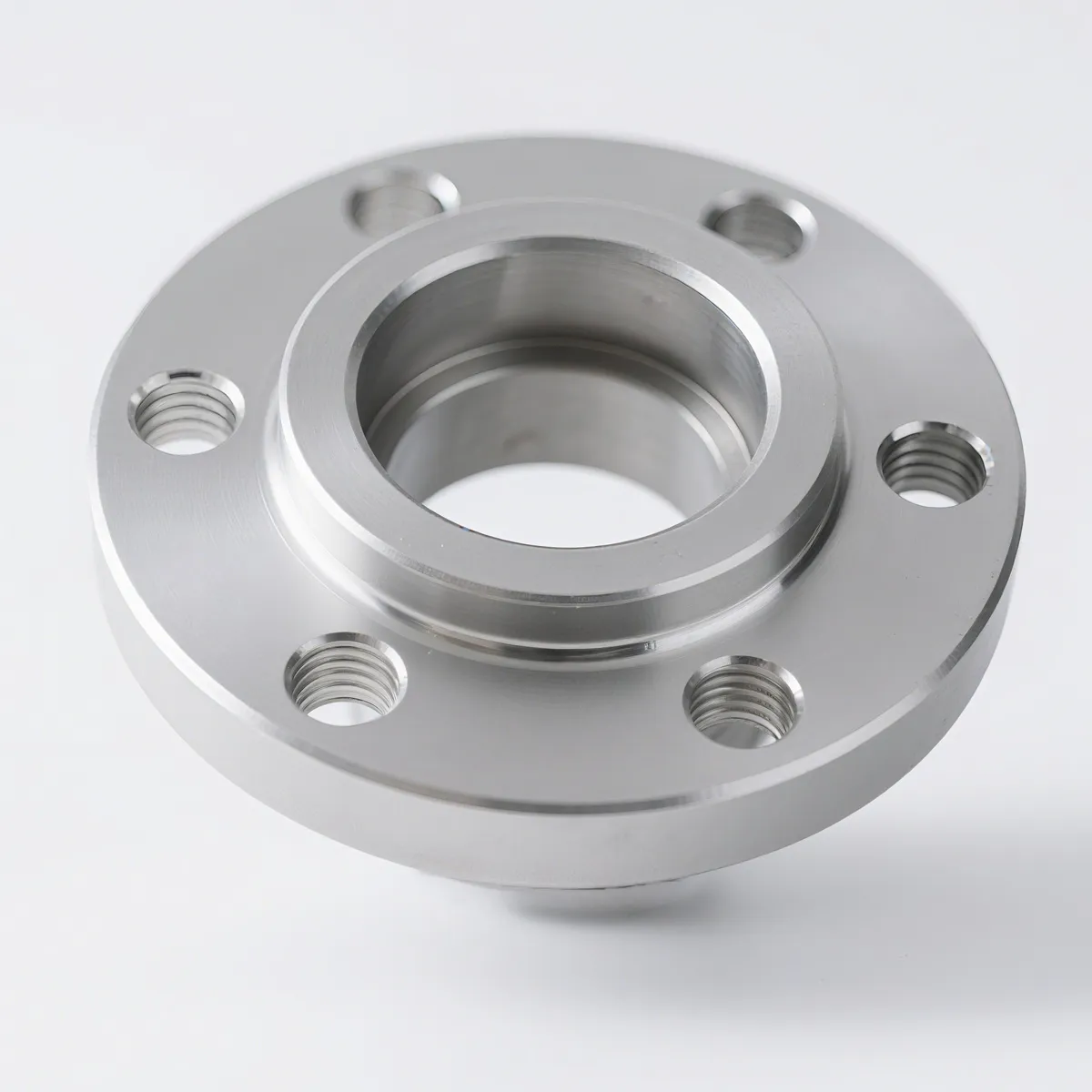
Effective customization requires close collaboration between the client's engineering team and the manufacturer's technical experts. A manufacturer with strong in-house engineering capabilities can provide design consultation, material recommendations, and finite element analysis (FEA) to ensure that custom socket flange solutions not only meet but exceed performance expectations, contributing to the overall integrity and longevity of the piping system.
Real-World Impact: Application Cases and Customer Success Stories
The true value of a socket weld flange is best demonstrated through its successful deployment in challenging industrial environments. Here are a few hypothetical application cases illustrating its reliability and the positive feedback received from clients. These examples highlight the versatility and robust performance that make the socket flange a trusted component in critical piping systems.
Case Study 1: High-Pressure Steam Lines in a Power Plant
Client: A leading independent power producer in Southeast Asia. Challenge: The plant required extremely reliable, leak-proof connections for their auxiliary high-pressure steam lines (up to 900 PSI, 450°C) which experience significant thermal cycling. Previous installations using threaded connections frequently developed leaks, leading to energy loss and safety concerns. Solution: We supplied ASME B16.5 Class 600 socket weld flange made from ASTM A105N (normalized carbon steel) for the 1.5-inch and 2-inch lines. The robust design and the strength of the socket flange welding eliminated the leakage issues. Outcome: The plant reported a dramatic reduction in steam leaks, leading to an estimated 5% improvement in thermal efficiency for the affected sections and enhanced operational safety. The maintenance team noted the ease of installation and the durability of the connections. "Our operational reliability has significantly improved since switching to your socket weld flange," reported the Plant Manager.
Case Study 2: Corrosive Chemical Dosing System in a Water Treatment Facility
Client: A municipal water treatment plant in North America. Challenge: The chemical dosing system, handling concentrated hypochlorite solution, experienced frequent flange corrosion and leaks due to the aggressive nature of the chemical. The previous stainless steel slip-on flanges showed signs of pitting and crevice corrosion. Solution: We provided custom socket flange manufactured from ASTM A182 F316L (low-carbon stainless steel) for enhanced corrosion resistance. Furthermore, the small bore (NPS 1") lines benefited from the superior crevice corrosion resistance offered by the socket weld flange design, combined with the inert welding filler metal. Outcome: After two years of continuous operation, the new socket weld flange showed no signs of corrosion or leakage. The robust construction and material choice ensured long-term integrity, minimizing environmental risks and reducing chemical waste. "The superior quality of these socket flange has eliminated our persistent leakage problems, ensuring safer and more efficient chemical handling," stated the facility's Chief Engineer.
Case Study 3: Hydraulic Control Lines on an Offshore Platform
Client: A major offshore oil and gas operator in the North Sea. Challenge: Hydraulic control lines on their offshore platform required compact, high-pressure, and vibration-resistant connections for instrument and control systems in confined spaces. Threaded connections proved unreliable under constant platform vibration. Solution: Our team supplied Class 2500 socket weld flange in 1/2-inch and 3/4-inch sizes, made from high-strength ASTM A182 F22 (alloy steel). The design of the socket weld flange provided excellent fatigue resistance against the constant vibrations experienced on the platform. Outcome: The client experienced zero failures or leaks in the new hydraulic lines over a three-year period, significantly improving operational uptime and safety. The compact design of the socket flange also eased installation in tight spaces. This positive experience led to a long-term partnership for future projects.
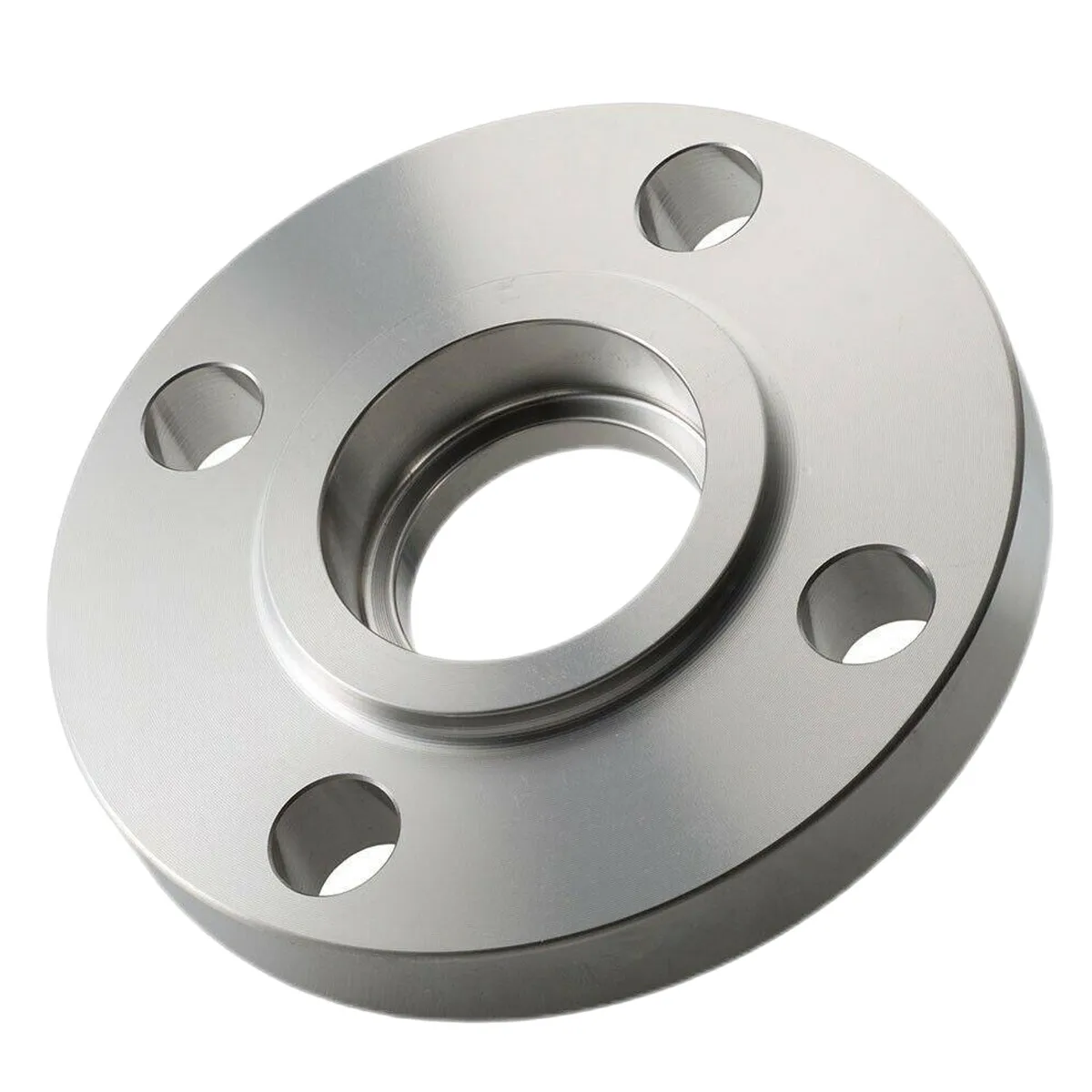
These application cases underscore the versatility, reliability, and technical advantages of the socket weld flange across diverse and demanding industrial sectors. They demonstrate how selecting the right flange for the right application, backed by strong manufacturing expertise, directly translates into enhanced safety, operational efficiency, and cost savings for end-users.
Ensuring Credibility: Quality Assurance, Certifications, and Trust
In the global market for industrial components, particularly for critical items like the socket weld flange, demonstrating trustworthiness and authority is paramount. Our commitment to Google's (Expertise, Experience, Authoritativeness, Trustworthiness) standards is embedded in every aspect of our operations, from design to delivery.
Authoritativeness through Certifications and Compliance:
Our manufacturing processes and products strictly adhere to internationally recognized standards, providing a solid foundation for our authoritative standing. We are proud to hold the following key certifications:
- ISO 9001:2015: This certification is the cornerstone of our quality management system, ensuring that all processes, from raw material procurement to final inspection and dispatch, are systematically controlled to deliver consistent quality for every socket flange.
- ASME B16.5 & B16.47: All our socket weld flange are designed and manufactured in full compliance with these critical ASME standards, which govern dimensions, tolerances, materials, testing, and marking for pipe flanges and flanged fittings. This ensures interchangeability and reliability in global piping systems.
- ASTM Standards: We rigorously adhere to relevant ASTM material standards (e.g., ASTM A105 for forged carbon steel, ASTM A182 for forged alloy and stainless steel fittings) to guarantee the chemical composition and mechanical properties of our materials.
- API 6A: For specific oil and gas applications, certain socket weld flange products comply with API 6A, demonstrating their suitability for wellhead and Christmas tree equipment.
- PED (Pressure Equipment Directive) 2014/68/EU: Our products intended for the European market comply with the PED, ensuring they meet essential safety requirements for pressure equipment.
Trustworthiness through Transparency and Support:
- Delivery Cycle: We understand the critical nature of project timelines. Our standard lead times for common socket weld flange are typically 4-6 weeks from order confirmation, depending on volume and material. For urgent requirements, expedited production and shipping options are available upon request, with lead times potentially reduced to 2-3 weeks. We utilize robust logistics networks to ensure timely and secure delivery worldwide.
- Quality Control and Traceability: Every batch of socket flange undergoes rigorous in-house quality control checks, including dimensional inspection, visual inspection, and Non-Destructive Testing (NDT) as required. Each product is marked with its material, size, pressure class, and a unique heat number, ensuring full traceability from raw material to finished product. Customers receive comprehensive documentation, including MTRs, inspection reports, and certificates of conformity.
- Warranty Commitment: We stand behind the quality of our socket weld flange with a comprehensive product warranty covering manufacturing defects and material non-conformity for a period of 12-24 months from the date of shipment, depending on the product type and application. Our dedicated after-sales support team is readily available to address any concerns or provide technical assistance.
- Customer Support: Our expert sales and technical support teams are available to provide guidance on product selection, material compatibility, and application suitability. We offer pre-sales consultation, real-time order status updates, and post-sales technical assistance to ensure complete customer satisfaction.
By consistently upholding these standards, we not only ensure the superior quality and reliability of our socket weld flange but also build enduring trust with our global clientele, reinforcing our reputation as a dependable and authoritative supplier in the industry.
Frequently Asked Questions (FAQ) about Socket Weld Flanges
To provide further clarity and address common inquiries, here is a professional FAQ section regarding socket weld flange and related aspects:
- Q1: What is the primary difference between a socket weld flange and a slip-on flange?
- A socket weld flange has a bore that is recessed to allow the pipe to be inserted into the flange before welding, with a single fillet weld on the outside. A slip-on flange, conversely, slips over the outside of the pipe and is then double welded (both inside and outside) to the pipe. Socket weld flanges are preferred for smaller pipe sizes (typically NPS 4 and below) in high-pressure, high-temperature, or critical applications where superior leak integrity and mechanical strength are required, as the single fillet weld provides excellent fatigue resistance. Slip-on flanges are generally used for lower pressure applications and larger pipe sizes due to their ease of alignment and lower cost.
- Q2: What are the main advantages of using a socket weld flange in high-pressure systems?
- The primary advantage in high-pressure systems is its superior leak integrity and high mechanical strength. The pipe is inserted into the socket, providing internal alignment and support, followed by a fillet weld. This creates a robust, secure joint that minimizes leakage points and offers excellent fatigue resistance against vibration and thermal cycling, which are common in high-pressure environments. The smooth bore also reduces turbulence and pressure drop.
- Q3: What materials are commonly used for socket flange manufacturing, and why?
- Common materials include Carbon Steel (e.g., ASTM A105, A350 LF2) for general industrial and low-temperature applications, Stainless Steel (e.g., ASTM A182 F304/304L, F316/316L) for corrosion resistance in chemical or food processing industries, and Alloy Steel (e.g., ASTM A182 F11, F22) for high-temperature and high-pressure service due to their enhanced strength and creep resistance. Material selection depends on the fluid handled, operating temperature, pressure, and corrosive environment.
- Q4: How is a socket weld flange installed? What is the role of socket flange welding?
- Installation involves inserting the pipe end into the socket of the flange, ensuring a specified gap (typically 1/16 inch or 1.6mm) between the pipe end and the bottom of the socket. This gap is crucial to prevent internal stress at the weld root during solidification. Then, a single fillet weld is applied around the outside circumference of the pipe where it meets the flange. Socket flange welding ensures a strong, permanent, and leak-proof connection, critical for the integrity of the piping system.
- Q5: What international standards govern the manufacture and dimensions of socket weld flange?
- The primary standard is ASME B16.5, which covers pipe flanges and flanged fittings for NPS 1/2 through NPS 24. Other relevant standards include ASTM specifications for materials (e.g., ASTM A105, A182), MSS SP-44 for pipeline flanges, and API 6A for wellhead and Christmas tree equipment in the oil and gas industry. Adherence to these standards ensures product quality, safety, and interchangeability.
- Q6: What are the typical pressure ratings for socket weld flange?
- Socket weld flange are manufactured in various pressure classes as defined by ASME B16.5, including Class 150, 300, 600, 900, 1500, and 2500. These classes correspond to the maximum allowable working pressure at specific temperatures. For example, a Class 1500 socket weld flange can withstand significantly higher pressures than a Class 300 flange, making them suitable for severe service conditions.
- Q7: Can socket weld flange be used for corrosive fluid applications?
- Yes, provided the flange is manufactured from a material suitable for the specific corrosive environment. For example, stainless steel (e.g., 304L, 316L) or duplex/super duplex alloys are commonly specified for corrosive fluid applications. The inherent design of the socket weld flange minimizes crevices where corrosive materials could concentrate, further enhancing its suitability for such environments compared to some other flange types.
- Q8: What is the typical service life of a socket weld flange?
- When manufactured from appropriate materials, properly installed via socket flange welding, and used within its specified design parameters (pressure, temperature, fluid compatibility), a socket weld flange can have a very long service life, often exceeding 20-30 years, mirroring the lifespan of the piping system it is connected to. Regular inspection and maintenance are key to maximizing its longevity.
Conclusion: The Enduring Value of Socket Weld Flanges
The socket weld flange represents a cornerstone in the realm of industrial piping, epitomizing the balance between robust mechanical integrity and efficient fluid conveyance. Its unique design, meticulous manufacturing process involving forging and precision CNC machining, and adaptability to a wide array of materials make it an indispensable component for critical applications, particularly in small bore piping systems. From the high-pressure steam lines of power plants to the corrosive chemical dosing systems in water treatment, the socket weld flange consistently delivers superior leak integrity, enhanced fatigue resistance, and long-term reliability.
As industries continue to evolve towards more stringent safety regulations, higher operational efficiencies, and increasingly challenging environments, the demand for highly reliable and adaptable connection solutions like the socket flange will only intensify. Partnering with a manufacturer that not only understands the technical nuances of socket flange welding but also upholds the highest standards of quality, embraces customization, and provides unwavering customer support is crucial for ensuring the success and longevity of any piping project. The continuous innovation in materials science and manufacturing techniques further solidifies the position of the socket weld flange as a vital component driving progress and safety across the global industrial landscape.
Further Reading and References:
- "ASME B16.5 Pipe Flanges and Flanged Fittings: NPS 1/2 Through NPS 24" - A foundational standard for flange design and dimensions. (Typically available through ASME publishing or authorized distributors).
- "Understanding Pipe Flanges and Their Types" - Article by Piping Engineering Forum. Available at: https://www.piping-engineering.com/pipe-flanges-types.html (Accessed [Current Date])
- "Flange Technology Handbook" - Industry publication often referenced in specialized engineering forums for in-depth technical discussions. (Specific online link may vary, often found via industry associations or specialized publishers like Elsevier or McGraw-Hill).
- "The Global Industrial Flange Market Outlook" - Market research reports from reputable firms like Grand View Research or MarketsandMarkets often provide detailed analyses of industry trends and forecasts. (Sample reports or summaries can be found on their respective websites).
-
 May. 27, 2025
May. 27, 2025Plastic pipe fittings, in particular, are witnessing substantial growth due to their cost-effectiveness and versatility.
-
 Apr. 24, 2025
Apr. 24, 2025Jiuyuan Pipeline is excited to announce its participation in the upcoming 2025 Wire / Tube with Metal & Steel KSA exhibition, scheduled from May 5th to May 7th, 2025.
If you are interested in our products, you can choose to leave your information here, and we will be in touch with you shortly.
